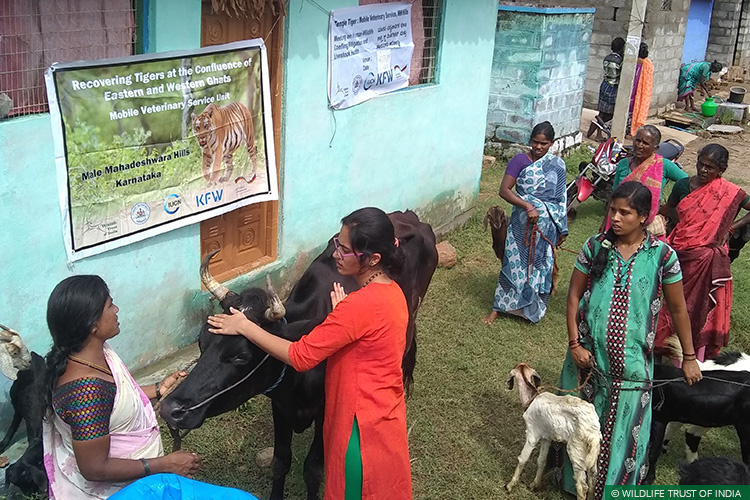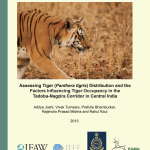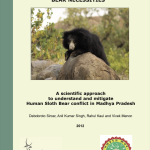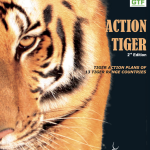Temple Tiger Project: Livestock Health Camp Organised in Fringe Village of MM Hills Wildlife Sanctuary

MM Hills Wildlife Sanctuary, Karnataka, October 13, 2017: The Mobile Veterinary Service (MVS) unit established by Wildlife Trust of India (WTI) under its Temple Tiger Project organised a livestock health camp in Hoogyam, a village located on the fringes of Karnataka’s MM Hills Wildlife Sanctuary, on October 11. The MVS is a part of a development project co-financed by the Federal Republic of Germany through KfW Development Bank and IUCN (the International Union for Conservation of Nature), and is being implemented along with WTI’s conservation partner Nature Conservation Foundation (NCF).
Hoogyam village was chosen because of its dependence on forest resources and close interactions with wildlife: almost all the domestic animals in the village are grazed on forest land; in turn, crops are raided by wild pigs and in the summer, by elephants.
The following is a first-hand report by Dr Medha Rao, the Temple Tiger Project Veterinarian:
“In keeping with our usual practice we informed the village’s Gram Panchayat about the camp two days in advance, requesting them to spread the word, which they readily agreed to do. The camp was scheduled to begin at 8.30am as per the villagers’ request. It rained heavily the night of October 10, however, and one of the dams in the area was overflowing come morning. When we arrived near the village we found that one of the bridges leading into it was completely submerged. Although we were apprehensive, our vehicle crossed the bridge with the help of a truck driver who led us through the gushing waters. All this took some time though and we reached the designated site at 9.00am.
Even though most of the villagers knew about the camp, we noticed some initial reluctance. I started going up to individuals and explaining what the camp was about. Gradually, they overcame their hesitation and began coming to us. For the most part we were dispensing dewormers and other medicines to livestock owners and giving them instructions and demonstrations on how to use them. In total, we dispensed medicines for 265 goats, 40 sheep and 15 cows.
“By keeping domestic ruminants living on the fringes of Protected Areas healthy, we prevent the spread of disease to wild ruminants which may share feeding grounds with them.”
Several goats brought to the camp had mouth lesions that seemed to have appeared roughly eight to ten days earlier; these seemed to be self-limiting, however, and had almost healed. They may have been caused due to grazing on fresh pastures containing snail slime and subsequent secondary bacterial infections, or even due to Vitamin B deficiency in these pastures. Some of the livestock were sneezing and coughing, which could be attributed to the cold and rainy weather. Diarrhoea was another issue that we had to address. A couple of cows with reduced fertility rates were also brought to us. The villagers appreciated our efforts and asked if we could conduct such camps in their village on a regular basis.
Our primary focus through these camps is to develop a rapport with villagers living in proximity to the forest and its wildlife, leading to better cooperation during instances of human-wildlife conflict. However, we have found that most villages located on the fringes of MM Hills Wildlife Sanctuary seem to lack basic veterinary infrastructure, so such activities are important to the communities that own domestic animals. By deworming domestic ruminants regularly and keeping them healthy, we prevent the spread of worms and disease to wild ruminants which may share feeding grounds with them. Further down the road, as the villagers begin to trust us with their animals’ health, conducting vaccination drives to prevent the spread of highly contagious diseases like Foot-and-Mouth Disease will also become relatively easier. It’s a win-win situation for both domestic and wild animals.”









